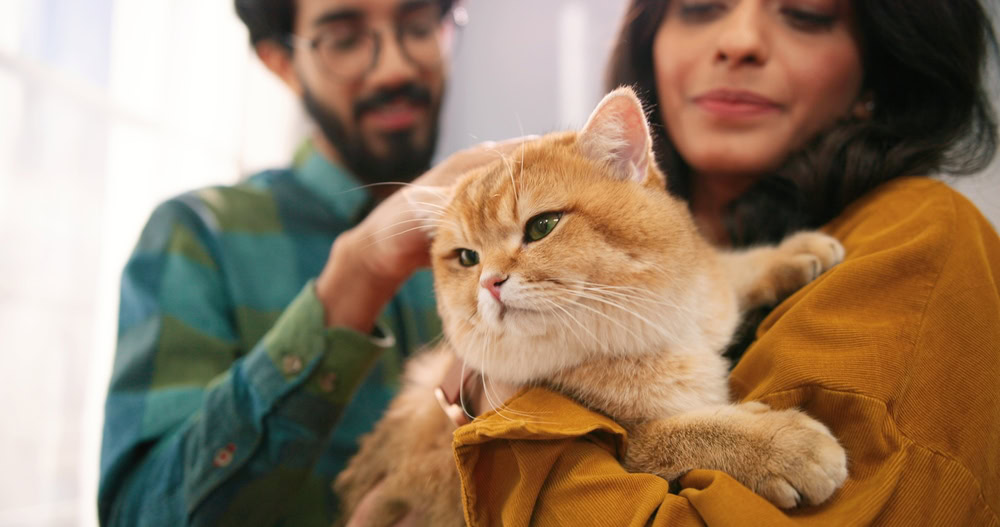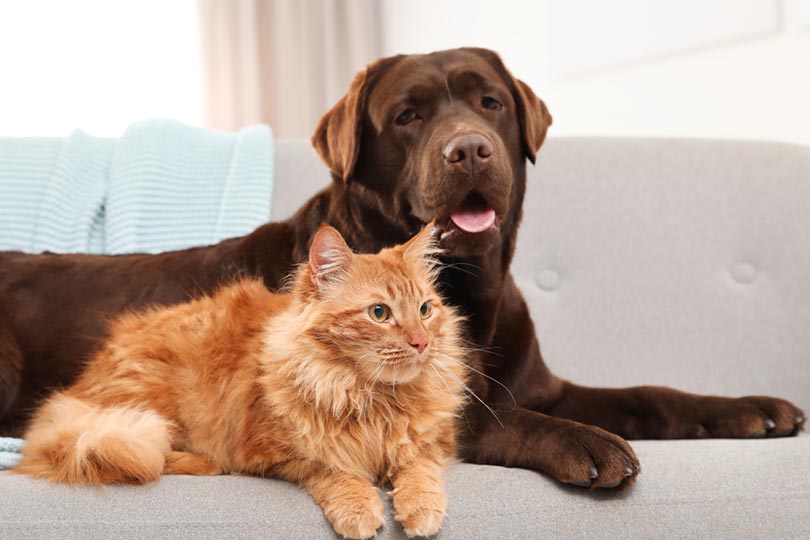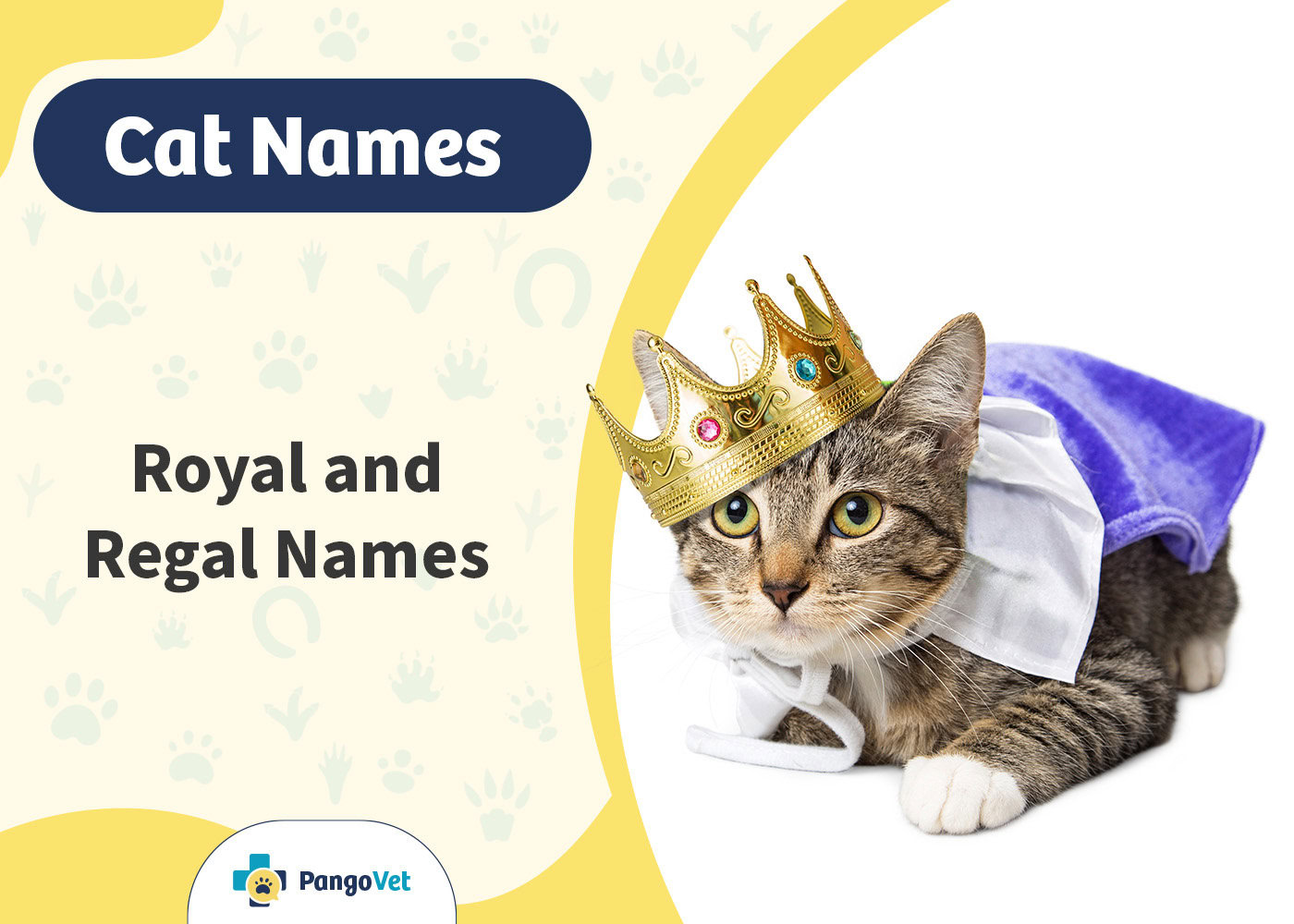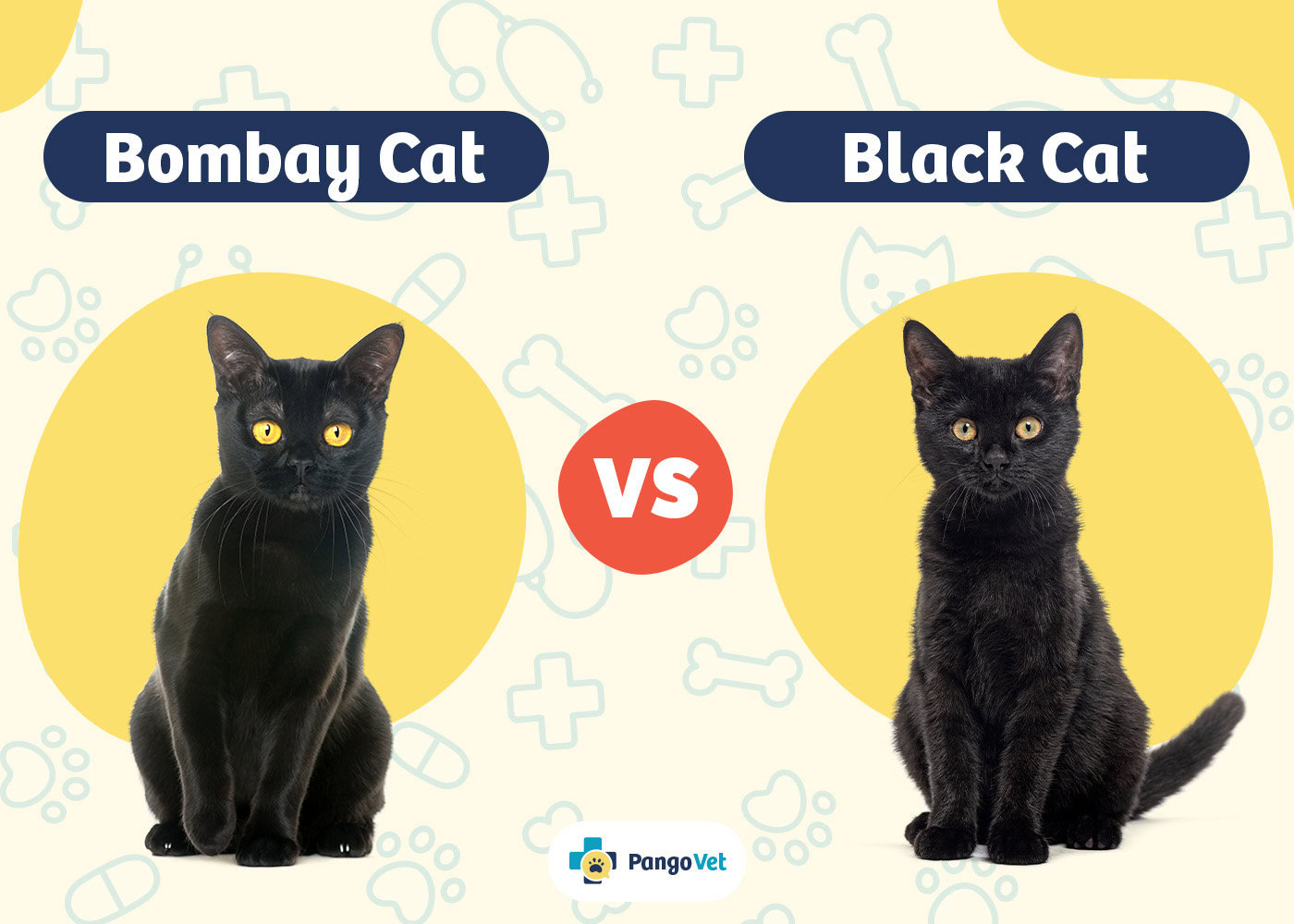Click to Skip Ahead
At first glance, India’s pet ownership rates can make it seem like felines aren’t much of a cultural factor. Numbers have risen in the past few years, but cats only appear in about 20% of Indian homes.1 Even on the streets, you’re less likely to spot a roaming feline than a stray dog.
But a relative lack of housecats may not be a coincidence. Instead, it could be a long-standing product of the animal’s place in Indian tradition. Felines have appeared in the country’s historical record for over 2 millennia, playing pivotal parts in essential Indian literature and lore. Their influence is rich, and a deeper look into their history can help demystify the attitudes and beliefs, both positive and negative, regarding cats that persist in the culture.

Cats in Early Indian Culture
The cat’s place in Indian history starts with the origins of organized society on the subcontinent. Dating back to 2500–1700 B.C.E., the Indus Valley civilization, or Harappan civilization, was one of the first three civilizations, alongside Mesopotamia and Egypt.
Although early Indian cultures didn’t deify cats like Egyptians, felines were still a notable presence. The sprawling civilization centered on robust, well-planned agriculture practices, and domesticated animals eventually entered the scene.
Cattle, buffalo, camels, and possibly even Asian elephants were essential for meat, transportation, and working in Harappan grain fields. Dogs and cats were common, protecting communities and their livelihood. Domestic cats may have evolved from a commensal relationship. As rodents came to invade grain fields and stores, cats naturally had reasons to live among the population, providing free pest control.
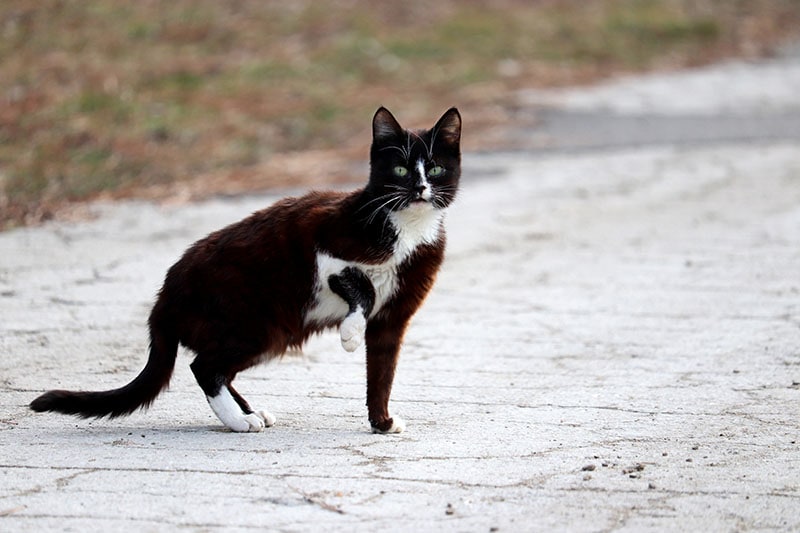
Cat Depictions in Indian Literature
Over the centuries, cats became central figures in various facets of Indian culture. Most notable is their appearance in the Ramayana and the Mahabharata around 4–5 B.C.E. These two ancient epics, which many regard as historical texts, are critical influences in Indian society and the Hindu religion, with their essential lessons on life, morality, and ethics guiding the country’s citizens to this day.
Ramayana and Mahabharata
The Ramayana references cats as disguises, with key figures taking advantage of the animal’s stealth. Hanuman attempts to rescue Sita, Rama’s wife, from Lanka, transforming into a black cat to move among the shadows undetected. In retellings of the lore, the god Indra, an essential part of Vedic and Hindu religions, also changed into a cat. Upon being caught having an affair with Ahalya, the king of the gods transformed to avoid capture.
The Mahabharata gave the cat a more educational role in the story of Lomash and Palita, a cat and mouse. Despite being enemies, Palita helped Lomash escape after the cat fell into a trapper’s hands. In exchange, Lomash offered protection from other nearby predators. But when Lomash was no longer in danger, instinct took back over, and the two became enemies once more, a cautionary tale of power dynamics and motivations in relationships.
Panchatantra
The Panchatantra is a collection of animal fables from ancient India featuring several references to cats. One tale describes a group of mice that plan to bell a shopkeeper’s cat to elude danger but fall short when nobody volunteers. Another called “The Cat’s Judgment” casts the feline in a treacherous light. Acting like a devoutly holy creature, the cat tricks a partridge and hare into trusting and approaching him. When they do, he swiftly kills them.
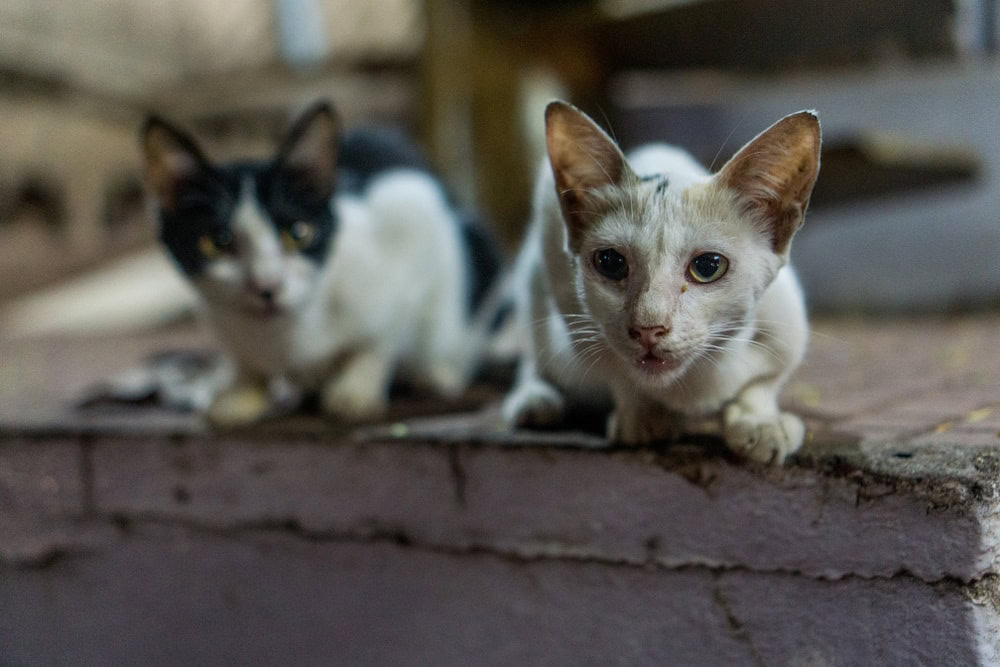

The Cat’s Role in Indian Religion
Hindu mythology makes sparing mention of the cat. But they do play an essential part for the goddess Shashti, a figure of worship, particularly in North India. The goddess of fertility and protector of children uses a cat as her mount. One notable tale centers on the black cat wrongly taking the blame for missing food and suffering punishment for it. In retaliation, the cat steals the children of their accuser and brings them to Shashti until the woman makes amends.
Laws of Manu
Around the first century, the Laws of Manu, or Manu-smriti, became the legal code of the Hindu faith. Dealing with several aspects of Indian life, including the caste system and secular law, the Sanskrit text continues to influence the culture.
While cats don’t factor into any critical stories, one law surrounding the well-lived life of a Brahmin outlines fairly distinct attitudes toward the creatures. According to the text, a Brahmin should not honor, not even by greeting, men who live like cats.

Modern Culture and Cats
Cats don’t enjoy the same popularity in Indian households as in many other countries. Considering their history in Indian storytelling and religion, it’s easy to see how they got a reputation for being sneaky and untrustworthy. Since they don’t occupy a prominent place within Hinduism, Indians may not have a strong natural affinity for felines.
Several theories persist about why cat ownership is so low in India. The deceptive persona that many attribute to them surely doesn’t help. Superstitions surrounding black cats still abound, as they do elsewhere around the globe. In India, many view the black cat as a warning from Lord Shani, a Hindu deity of retribution. If a black cat crosses your path, you should stay away and let someone else proceed first, effectively transferring any bad luck to them.
Outside of folklore, some may believe that cats do not align with Indian values. For example, cats are carnivores. In a country where eight in 10 people practice some sort of meat restriction, and nearly 40% identify as vegetarians, it may not leave much room for opposing diets.
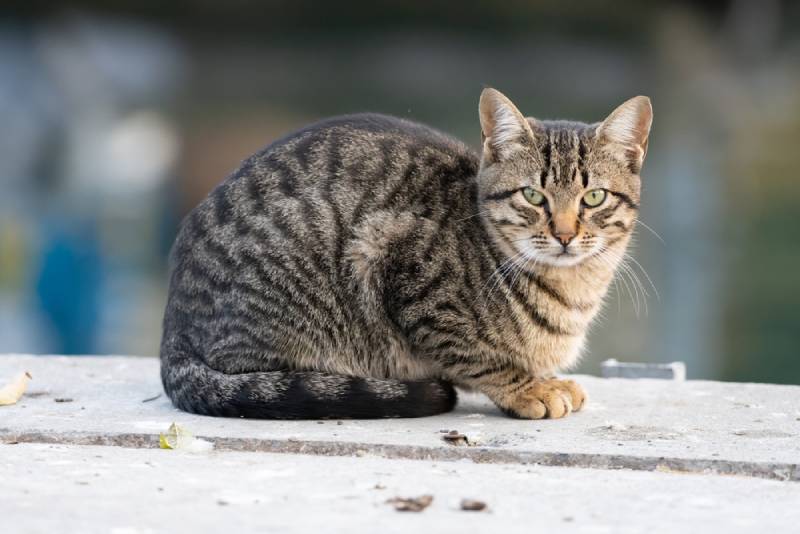
Rising Cat Ownership
Pet ownership has opened up in unforeseen ways across the globe in recent years, thanks primarily to the COVID-19 pandemic. When people stayed at home, loneliness seeped in, opportunity struck, and pet sales were able to surge. While dogs were by far the preferred choice for most people, interest in cats exploded.
With the growth in pet ownership, the number of pet cats in India in 2024 is expected to be more than double the number from 2014. For younger generations, anyway, practicality is becoming more important than cultural stigmas. Cats are low maintenance and easy to raise, especially as a first pet. In small apartments, their compact size makes them perfect housemates.

Final Thought
Felines have made their mark in the richest Indian traditions, and their status is shifting significantly with the times. As the pet market grows and India’s residents take fresh perspectives on their place in the home, cats may be redefining their role in Indian culture.
Featured Image Credit: VAKS-Stock Agency, Shutterstock
